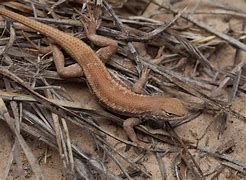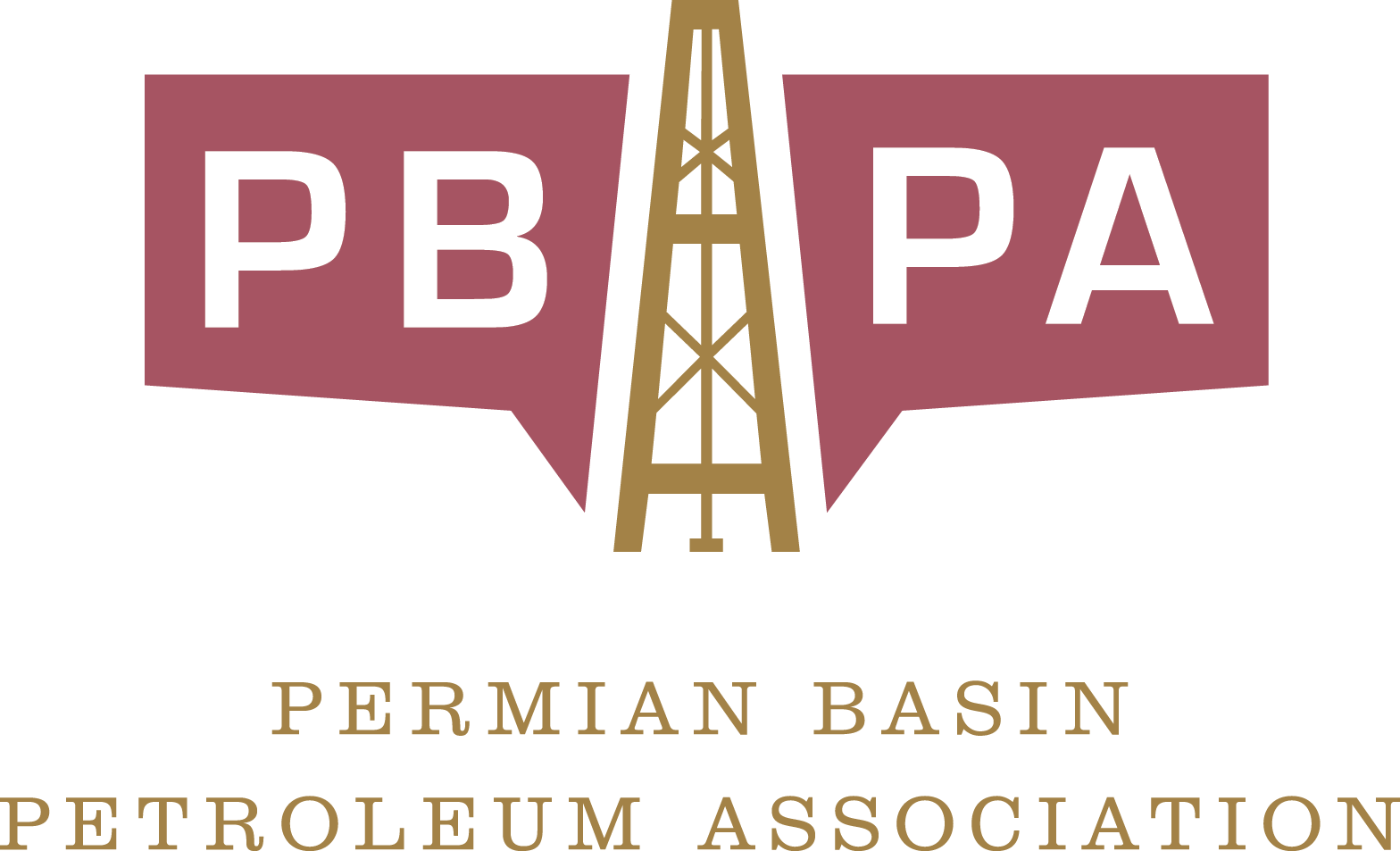
Rare Permian Basin lizard gets federal protections, sparking criticism from the oil and gas industry
May 21, 2024
Marfa Public Radio
For decades, environmentalists and researchers have rallied for the federal government to protect the dunes sagebrush lizard, the small reptile that makes its home across West Texas and Eastern New Mexico. Now, the U.S. Fish and Wildlife Service is declaring the lizard an endangered species, a process that will provide the tiny creature with protections under the Endangered Species Act.
“This lizard is getting closer and closer to extinction,” said Michael Robinson, a spokesperson for the Center For Biological Diversity, a group that has long advocated for listing the dunes sagebrush lizard as an endangered species.
Increased drilling in the Permian Basin over the past 15 years, along with the advent of sand mining, are the factors Robinson says are driving the lizard’s disappearance.
“Its habitat is being destroyed largely by the oil and gas industry and it doesn’t have much time left. It’s actually waited for over 40 years for the decision to be made,” Robinson said.
Efforts to protect the dunes sagebrush lizard first began in the early 1980s, according to the Fish and Wildlife Service.
The dunes sagebrush lizard is known as a habitat specialist, because it’s only found in sandy landscapes where shinnery oaks are common. This unique ecosystem is on full display in the West Texas town of Monahans, where the small trees dot the sandhills at a nearby state park. The community has also become home to expansive sand mining operations, which first descended on the region in 2017 to support hydraulic fracking.
Mines that dig up sand needed for oil drilling descended on West Texas around 2017, putting more pressure on the dunes sagebrush lizard.
According to the Fish and Wildlife Service, the primary threat to the dunes sagebrush lizard is “habitat loss, fragmentation, and degradation from development by the oil and gas and the frac sand mining industries.”
The agency also listed droughts caused by climate change as a danger to the species.
Oil and gas advocates quickly responded to the designation of the dunes sagebrush lizard as an endangered species.
Wayne Christian, a commissioner on the Railroad Commission of Texas, the state’s oil and gas regulator, said, “This doesn’t have a thing to do with ‘saving lizards’; it’s about shutting down U.S. oil and gas production.”
In a written statement, the Permian Basin Petroleum Association called the designation a “federal effort to overreach to the detriment of communities across West Texas and Southeast New Mexico.”
According to the Fish and Wildlife Service, the dunes sagebrush lizard’s habitat makes up 4% of the approximately 86,000 square miles that make up the Permian Basin.
In a press release, agency staff also pointed out that the development of horizontal drilling has made it possible for drillers to “reach most oil and gas reserves without disrupting lizard habitat.”
Officially, the final rule declaring the dunes sagebrush lizard an endangered species will go into effect on June 20. Until then, oil and gas companies have the ability to voluntarily enter into conservation agreements that can limit the restrictions placed on them by the designation.
Still, industry advocates claim new regulations surrounding the dunes sagebrush lizard could slow oil and gas production.
Copyright 2024 Marfa Public Radio
